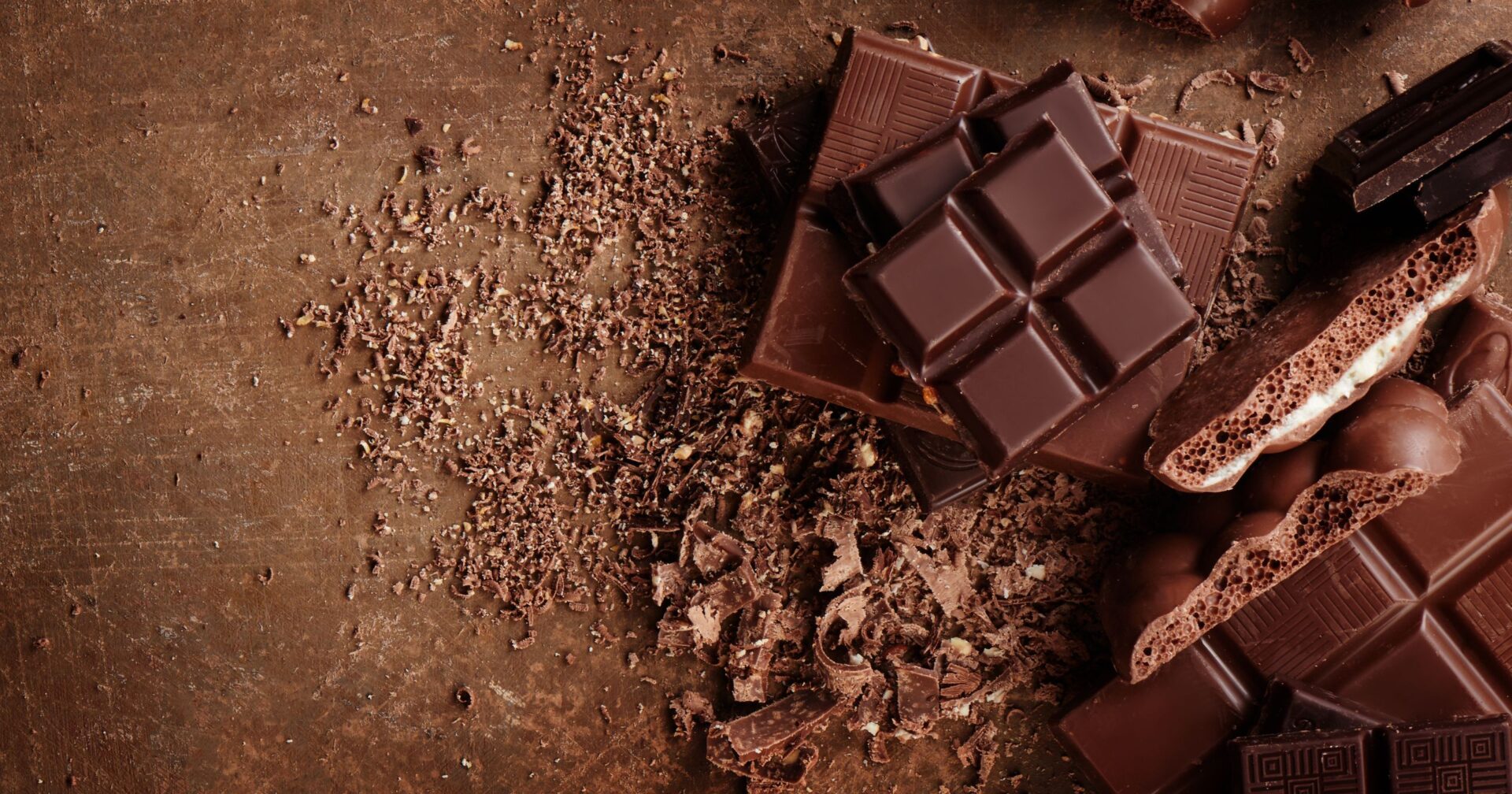In 1519, Spanish explorer Hernán Cortés saw Montezuma, supreme emperor of the Aztecs, drink chocolatl: ground cocoa beans with fermented corn whipped to a froth.
Cortés introduced chocolate to Europe, quickly becoming a favorite of Spanish and French royalty. By the late 1600’s, chocolate had become so widespread the elite were accustomed to even drinking it within church.
Their justification: they claimed chocolate prevented fainting and fatigue during the long celebrations of Mass, overall having medicinal properties.
As it turns out, the consumption of chocolate during Mass was a debate that spanned over 100 years in the Church!
History tells of one bishop claiming the grand ladies of the land were breaking their Communion fast.
Pope Pius V sampled a cup of the hot liquid in 1569 and gave his take on the matter: it was “so foul that he decided there was no need to ban it.”
Just over a hundred years later, the debate was still raging on.
It was finally put to bed in 1662.
Pope Alexander VII settled the matter with a single sentence: “Liquidum non frangit jejunum.”
“Liquids do not break the fast.”
Could you drink hot chocolate in church today? According to Pope Alexander VII, you could.
Photo credit: ivan_kislitsin / Shutterstock.com














